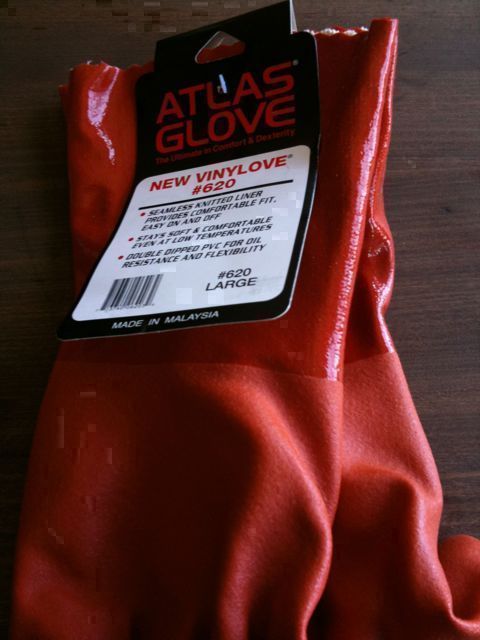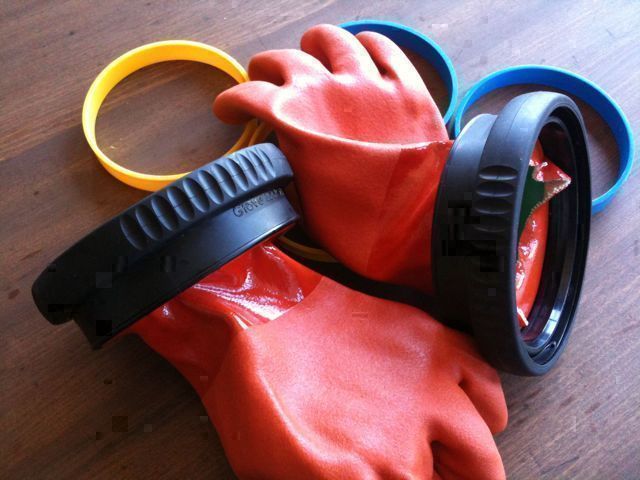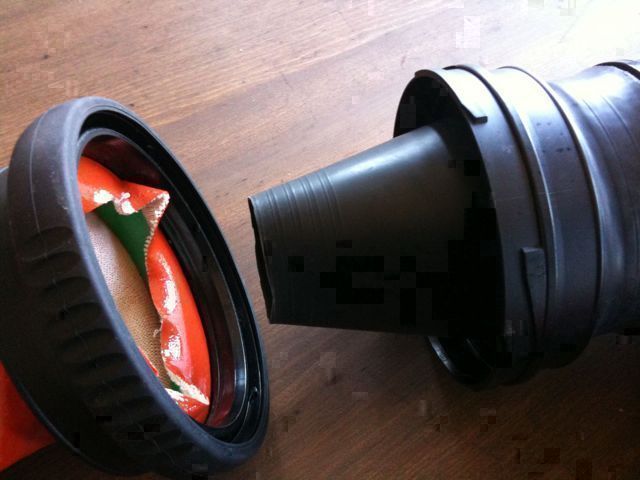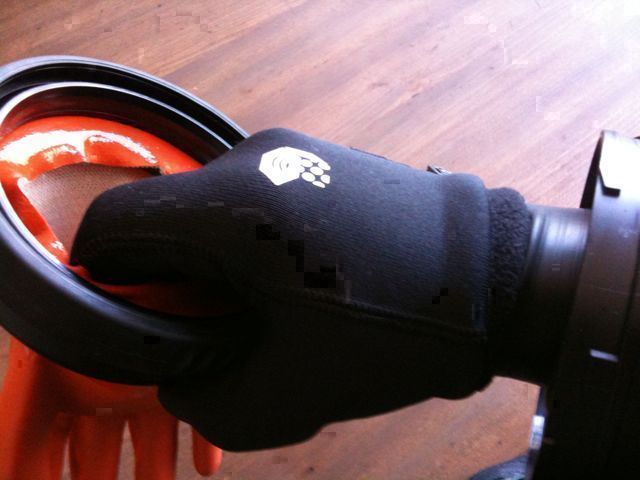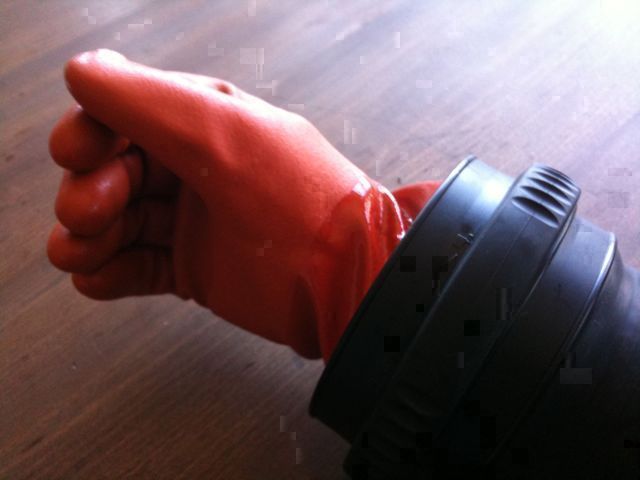My 3mm Henderson InstaDry gloves are mostly ratty fingerless gloves at this point. After a particularly cold dive (50 F) I decided it was time to join the warm hands crowd and get some drygloves.
Most drysuit gloves on the market attach directly to the drysuit cuff, replacing the latex seal with a compressed neoprene or dipped vinyl glove. I’ve been wary of these traditional dry gloves for several reasons:
* the glove is attached to the suit and makes working with gear very difficult after your drysuit is on.
* they are quite expensive when you consider that gloves are heavy wear items, and will need repair or replacement (especially true of the DUI zipseal gloves)
* for glove designs where the seal is replaced, a hole in the glove means a drysuit flood.
I wanted to avoid the above pitfalls, so I took my time and did some market research. The best option I found was the Glove Lock ring system from SI Tech, a Swedish company. At roughly $180, it is not the cheapest option (nothing in diving is cheap, though the system may be cheaper in the long run), but it does seem to be the best solution for me.
The Glove Lock system uses rings and a sealing system that allows it to quickly attach plain (and cheap) waterproof gloves to an existing drysuit wrist seal. Once in place, the gloves can be removed before and after the dive, making suiting up messing with gear much easier.
The Glove Lock system only includes the plastic rings and seal system. It is up to the user to find the appropriate waterproof glove to attach to the system, and an insulating glove for underneath. I value my dexterity underwater, so I chose some Atlas 620 fishing gloves to serve as the waterproof layer. Unlike the blue smurf gloves, the orange gloves are only dipped twice. This means they are thiner – easier to handle gear, but not as durable. At roughly $4 a pair, I’m not terribly worried about replacing them eventually. I am using a pair of Mnt Hardware powerstretch gloves as an insulating layer. They are not thick enough for more northern waters, but seem perfect for the low 50s I usually dive.
Because the system leaves the wrist seals in place, it means that a glove leak won’t flood the suit. However, it also means that the user has to equalize the gloves with the rest of the suit. SI Tech includes some plastic straws to go under the wrist seal, but I found I was able to equalize the gloves by keeping a bit of my insulation gloves under the wrist seal. The small air gap allows air to travel into to gloves if I briefly hold my hands higher than the drysuit bubble.
How do they work? Pretty well. Gloves are the last piece of gear I put on before jumping in, so I don’t have any issues with equipment management. Under water, the combination is dexterous enough for me to use small boltsnaps and camera controls without issue, and my hands are toasty warm. Occasionally I need a hand to unlock the seals after a dive, if my gloves and seals are still too wet, but the vast majority of the time they can be used solo. I added some extra weight to my rig to offset the new buoyancy, but I’m probably an extreme case that way – my old beat up gloves were essentially neutral.
I’ve only used them for a few dives, but so far I’m very happy with the system. I highly recommend them compared with the other options out there. The only thing that could be better about the system is cost – but cold water diving is such a low volume industry it is bit surprising they cost as much as they do.
